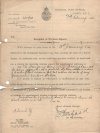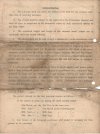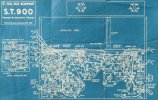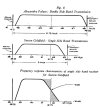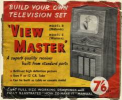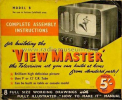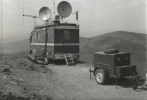My Uncle, now long gone, listened to the first broadcasts of 2LO in 1922. This was the start of the BBC. During the War, he served in the Royal Navy as a Radio Operator, and was proficient in Morse Code, and a Licenced Radio Ham. He built and maintained all his own equipment, and supervised me in the construction of a crystal set, made from all sorts of odds and ends and wire. We had no electrical supply at the house I lived in, so the Radio was powered by an accumulator, or the more expensive multi-celled dry battery. Our yard wasn't very big either, but uncle solved that, by stringing up a long wire antenna, in a series of loops, that was almost 120 feet long. I could then, and did, listen to hundreds of broadcasts around the world when conditions were right. ( I have the QSL Cards to prove it ) Needless to say. I have been doing that ever since, and have been a licenced operator for over 30 years. Although I no longer build my own gear, I still use a long wire antenna.
 birminghamhistory.co.uk
birminghamhistory.co.uk

